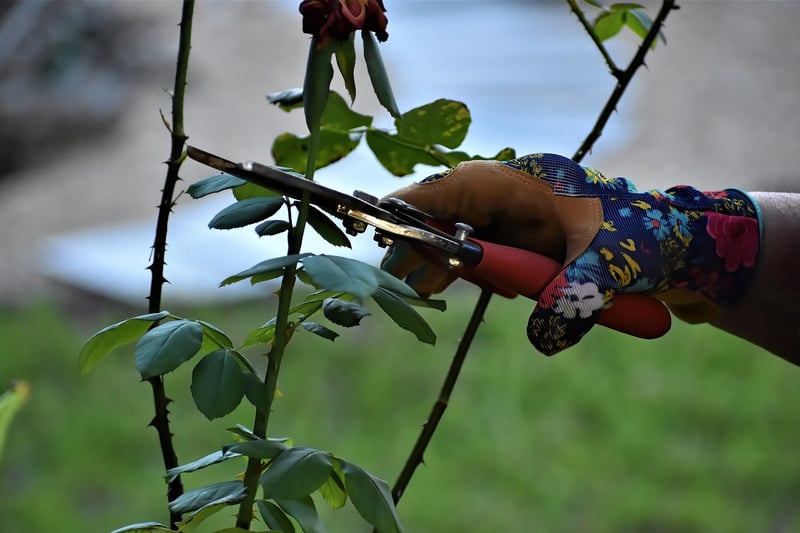Pruning Techniques
Essential Plant Maintenance Tips and Pruning Techniques
Introduction
Welcome to our guide on plant maintenance and pruning techniques! Whether you're a seasoned gardener or just starting with your green thumb, this article will provide you with essential tips to keep your plants healthy and thriving through proper maintenance and pruning practices.
Plant Maintenance Tips
Proper plant maintenance is crucial for the overall health and vitality of your plants. Here are some key tips to help you care for your plants:
- Watering: Ensure plants receive adequate water based on their specific needs. Overwatering or underwatering can harm plants.
- Light: Understand the light requirements of your plants and place them in suitable locations to promote healthy growth.
- Fertilization: Use appropriate fertilizers to provide essential nutrients to your plants for optimal growth.
- Weeding: Regularly remove weeds to prevent competition for nutrients and space.
- Pest Control: Monitor plants for pests and diseases, and take prompt action to prevent infestations.
Pruning Techniques
Pruning is a fundamental practice that helps maintain the shape, health, and productivity of plants. Here are some pruning techniques you should know:
- Deadheading: Removing dead or faded flowers encourages new growth and prolongs blooming.
- Thinning: Eliminate excess branches to improve airflow and sunlight penetration, reducing the risk of disease.
- Heading Back: Cutting back the tips of branches to promote branching and denser growth.
- Rejuvenation Pruning: Drastically cutting back overgrown plants to stimulate new growth.
Conclusion
By following these plant maintenance tips and mastering pruning techniques, you can ensure your plants remain healthy, vibrant, and beautiful. Remember to tailor your care based on the specific needs of each plant species to achieve the best results. Happy gardening!

For more detailed information on plant maintenance and pruning techniques, visit Royal Horticultural Society.
